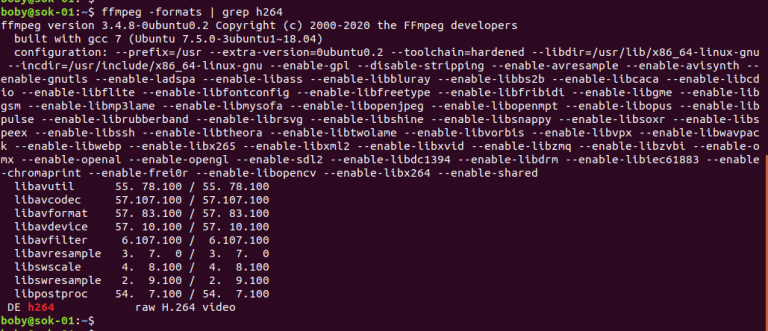

Use FFmpegĪfter installing FFmpeg, you can begin using it to convert multimedia files to different formats. To confirm the installation of FFmpeg on Ubuntu 22.04, a user can verify the installed version of the FFmpeg application. This is how one installs FFmpeg on Ubuntu.

AVFoundation media device list ffmpeg -f avfoundation -listdevices true -i '' capture screen device. sudo apt updateĪfter installing, use the command to verify the FFmpeg version. No matter what source you are going to utilize with FFmpeg ( screen, camera, file) - you can even set it up with a command line: Mac OS. They update automatically and roll back gracefully.įirst, run the commands below to install the snap package manager and then install FFmpeg. Snaps are applications packaged with all their dependencies to run on all popular Linux distributions from a single build. The easiest way to install FFmpeg latest on Ubuntu is by using the snappy packaging system. That’s what you install via a third-party PPA. It should output similar lines as shown below: Output:įfmpeg version 4.2.2-0york0~18.04 Copyright (c) 2000-2019 the FFmpeg developersīuilt with gcc 7 (Ubuntu 7.4.0-1ubuntu1~18.04.1)Ĭonfiguration: -prefix=/usr -extra-version='0york0~18.04' -toolchain=hardened FFmpeg is an open-source and free software project composed of a suite of programs and libraries to handle audio, video, and other multimedia streams and files.

Building FFmpeg from the source requires several dependencies. To verify if FFmpeg is installed, run the commands below: ffmpeg -version Check out the official FFmpeg compilation guide for Ubuntu. Sudo add-apt-repository -yes ppa:jonathonf/ffmpeg-4 Use version to check whether the installation is. Sudo apt install software-properties-common prefix/usr/local is the installation path, which can be set by yourself, run ffmpeg in the terminal.


 0 kommentar(er)
0 kommentar(er)
